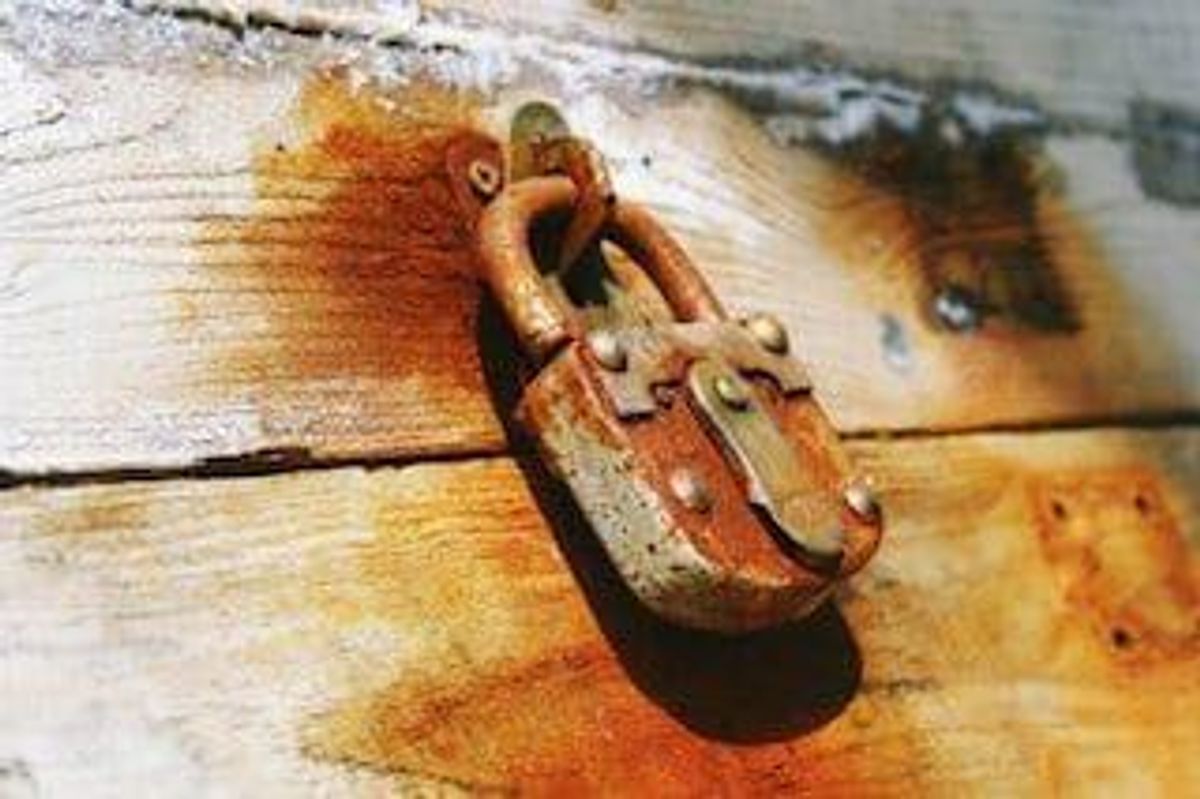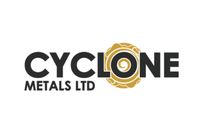The Conversation (0)

In its latest report, the Australian government’s Office of the Chief Economist predicts that iron ore prices will average $49 in 2019.
The Australian government’s Office of the Chief Economist (OCE) predicts that iron ore prices will average $53 per tonne (FOB Australia) in 2018, and $49 in 2019.
As of Monday (January 8), spot iron ore prices were at about $76. The OCE’s prediction, released in a new report, is lower than price forecasts offered by most analysts.
Scotiabank expects iron ore prices to average $60 in 2018, and panelists polled by FocusEconomics forecast that prices will average $58.70 in Q4 2018. UBS (NYSE:UBS) and Citi are calling for an average price of $64 in 2018, relatively steady from 2017’s $64.30, as per Reuters.
According to the OCE’s report, declining iron ore prices are expected to subtract $10 billion from Australia’s export earnings between 2016/2017 and 2018/2019.
Declines are expected to come as steel production cuts in China place downward pressure on prices, while supply from Australia and Brazil increases. These two factors are expected to “weigh further on iron ore prices over the next two years.”
Despite its bearish longer-term predictions, the OCE expects iron ore prices to average $55 in the first half of 2018. It predicts that that there will be robust growth in steel production and iron ore demand after China’s winter production restrictions are lifted. Prices are also expected to be supported by short-term seasonal demand from a rebound in construction and manufacturing over the spring months in China.
Vale (NYSE:VALE), Rio Tinto (NYSE:RIO,ASX:RIO,LSE:RIO), BHP Billiton (NYSE:BHP,ASX:BHP,LSE:BLT) and Fortescue Metals Group (ASX:FMG) control about 70 percent of the world’s seaborne iron ore market, according to Reuters.
For its part, Vale plans to increase its iron ore exports by 7 percent in 2018, to 390 million tonnes. Rio Tinto, BHP and Fortescue Metals plan to add 170 million tonnes of new capacity over the next few years.
Australia exported 819 million tonnes of iron ore in 2016/2017, with 83 percent of that material destined for customers in China. Iron ore exploration expenditure in the country came in at $291 million during the same period, stabilizing after four years of consecutive declines.
Overall, the OCE notes that mining accounted for 6.9 percent of Australia’s GDP in 2016/2017; it expects mining investment to decline by 31 percent in 2017/2018 to reach its lowest level in 10 years.
Don’t forget to follow us @INN_Resource for real-time news updates!
Securities Disclosure: I, Melissa Shaw, hold no direct investment interest in any company mentioned in this article.
